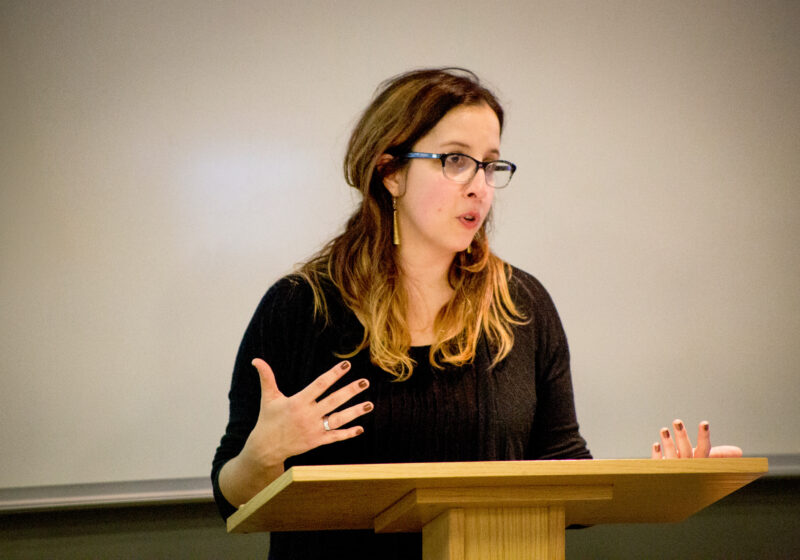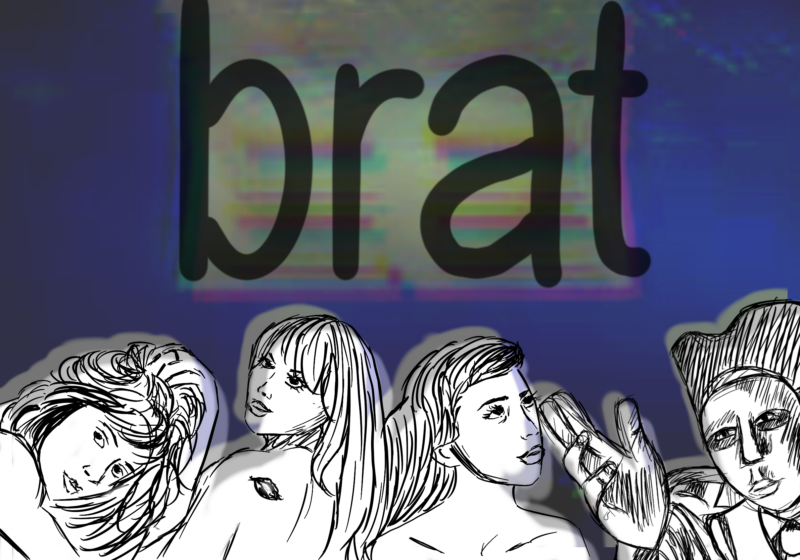Imagine the Knicks playing the Lakers in Rucker Park. Or the Yankees playing the Red Sox on a side street in downtown Brooklyn where to hit a homerun you have to clear the neighbor’s fence.
Stealing an idea from the University of Michigan and Michigan State University, which capitalized on their rivalry by playing a hockey game in MSU’s 75,000 seat football stadium, the National Hockey League decided to hold a regular season game between the Edmonton Oilers and the Montreal Canadiens in the 57,000-seat stadium that is home to the Edmonton Eskimos of the Canadian Football League. The outdoor event gave the players a chance to return to their childhoods, when the temperature outside didn’t matter as long as the local pond was frozen and the game only paused for three possible reasons – darkness, dinner and to dig the puck out of the snow bank. And although the game wasn’t exactly played on a pond, it also gave those hardcore Canadian fans a chance to view history. Despite holding the largest crowd ever to attend an NHL game, the stadium wasn’t nearly big enough, as there were more than 700,000 ticket requests made for the historic event.
Prior to the “real” game, members of arguably the two greatest dynasties in Canadian hockey history competed in an old-timers game, which drew perhaps as much excitement as the game that actually counted in the standings. The pre-game ceremony put the Montreal greats of the ’70s up against the Edmonton stars of the ’80s. Because of the magnitude of the event, Wayne Gretzky – who otherwise refuses to participate in old-timers games – laced up the skates for the Oilers, who he led to four Stanley Cups in the 1980s. Almost as importantly, the Oilers brought in Mark Messier and Glen Sather, both of whom did not have a game with the Rangers that night. Sather was the General Manager for all five Stanley Cup teams and head coach for all but the final one in 1990. Messier was Gretzky’s right hand man, and became the team’s leader when Gretzky was traded to Los Angeles in 1988. He also recently added to his career accolades when he passed Gordie Howe for second on the NHL’s all-time scoring list – behind only Gretzky, of course.
Following the old-timers game, which the Oilers won 2-0, the Canadiens and Oilers took to the snow-covered ice. The temperature at game time was one degree Fahrenheit. Wearing a ski-cap over his mask, Montreal goalie Jose Theodore braved the frigid conditions and successfully dealt with frozen equipment to post a 4-3 victory for the visiting team. Even though the home team lost, the evening will go down as one of the most memorable events in recent hockey history.
Despite all of the excitement generated throughout Canada, however, the United States was kept in the dark regarding the historic evening. With hockey in the United States clearly struggling to keep up with all of the attention given to baseball, football and basketball, it could have gone a long way if the NHL had made a big deal out of the event, showing fans of other sports what hockey is all about. At a time when millionaire athletes constantly whine until they get what they want – from their own suites on all road trips to getting coaches fired because they aren’t fun to play for – the NHL would have been smart to capitalize on finally being able to promote an event that had nothing to do with money, and everything to do with old-time hockey.
It was also the last time the NHL could promote “The Great One’s” participation in an on-ice league event. Even the casual U.S. hockey fan would have tuned in just to see Gretzky and Messier take the ice together one last time. But league officials had their heads in the sand on this one, as the game wasn’t even broadcast in the United States. I do not know much regarding the details of the contract that ABC and ESPN have with the NHL to broadcast games, but I am sure of one thing – something could have and should have been done to have the event shown live in the United States.
Although the concept of outdoor NHL hockey would no longer be original, the league can make up for its blunder next season, using the novelty effect in the United States to attract fans to the sport. Ray Ferraro, a former NHL player and currently an analyst for ESPN2’s “NHL 2Night,” mentioned last week the idea of having a hockey day in the U.S., which, upon further thought, sounds very intriguing. He did not go into full detail, discussing only that the league should arrange to have outdoor games in three different cities on the same day. Expanding on Ferraro’s idea, an entire weekend could be made out of it.
On a Friday night once the football season has ended, the Philadelphia Flyers would host the New Jersey Devils at Lincoln Financial Field, the new home of the Eagles. The following day at 1 p.m. at Fenway Park, the Boston Bruins would face off against the Montreal Canadiens – imagine being one of just a few hundred people sitting on top of the Green Monster to watch the only hockey game in the stadium’s history. Later on Saturday afternoon, Yankee Stadium – well known for hosting countless games between baseball’s biggest rivals, the Yankees and Red Sox – would get the chance to host one of hockey’s greatest rivalries for a day, the Islanders and Rangers.
In a game that would break the attendance record for a single hockey game, the University of Michigan’s 110,000-seat football stadium would have the Detroit Red Wings face the Colorado Avalanche on Saturday at 8 p.m., a setting that would be sure to add more juice to hockey’s biggest rivalry of the past eight years. Although Soldier Field has been recently renovated with mixed reviews regarding the results, it remains one of the most historic stadiums in the United States, and would be a great venue to hold a game between the Blackhawks and St. Louis Blues on Sunday afternoon – strong consideration was also given to Wrigley Field, but a football stadium is clearly more conducive to hockey sightlines. Because Chicago has great venues for football and baseball, the football stadium gets the nod.
Because hockey-crazy Minnesota’s football and baseball teams both play in the Metrodome, the Wild would have to travel a bit to play their game outdoors. But once the Green Bay Packers’ season ends, what better to do than turn the Frozen Tundra into a frozen pond for one frigid Sunday evening? Lambeau Field has hosted some of the greatest games in NFL history, and would surely make for an exciting venue to watch a hockey game between the Wild and the Stars, who left Minnesota for Dallas in the early ’90s.
Although there would be major expenses to turn some of the nation’s greatest stadiums into hockey rinks for a day and the logistics seem quite complicated, the NHL could use some heavy exposure in the United States, and this just might be a way to do it. But based on how the league likes to handle things, instead of promoting what could be a huge national event that puts hockey on the sports map in the United States, next winter the NHL could very well be stuck in a labor dispute that could mean the end for a number of teams and possibly even the demise of the league itself.
Swidler can be reached at dswidler@campustimes.org.



